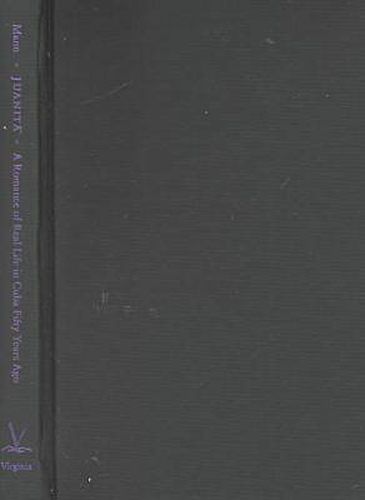Readings Newsletter
Become a Readings Member to make your shopping experience even easier.
Sign in or sign up for free!
You’re not far away from qualifying for FREE standard shipping within Australia
You’ve qualified for FREE standard shipping within Australia
The cart is loading…






Originally published in 1887 and never before reprinted, Juanita is a historical romance based on Mary Peabody Mann’s experience of living on a Cuban slaveholder’s plantation from 1833 to 1835. The novel centers on the extended visit of helen Wentworth, a New England teacher, to a childhood friend’s plantation, where she witnesses African slaves’ arrivals and their sale and gross mistreatment at the hands of coffee and sugar planters. Juanita is a beautiful mulatta slave with whom the plantation owner’s son falls in love. Extending the tradition of Gothic fiction in the Americas, Mann’s novel raises questions about the relation of slavery in the Caribbean to that in the United States, and between romance and race, adding an important element to our understanding of nineteenth-century American literature. Patricia M. Ard’s introductory essay places Mann- with her literary gifts and intellectual connections to Nathaniel Hawthorne, Ralph Waldo Emmerson, and Henry David Thoreau- at the very center of the American Renaissance and American reform movements.
$9.00 standard shipping within Australia
FREE standard shipping within Australia for orders over $100.00
Express & International shipping calculated at checkout
Originally published in 1887 and never before reprinted, Juanita is a historical romance based on Mary Peabody Mann’s experience of living on a Cuban slaveholder’s plantation from 1833 to 1835. The novel centers on the extended visit of helen Wentworth, a New England teacher, to a childhood friend’s plantation, where she witnesses African slaves’ arrivals and their sale and gross mistreatment at the hands of coffee and sugar planters. Juanita is a beautiful mulatta slave with whom the plantation owner’s son falls in love. Extending the tradition of Gothic fiction in the Americas, Mann’s novel raises questions about the relation of slavery in the Caribbean to that in the United States, and between romance and race, adding an important element to our understanding of nineteenth-century American literature. Patricia M. Ard’s introductory essay places Mann- with her literary gifts and intellectual connections to Nathaniel Hawthorne, Ralph Waldo Emmerson, and Henry David Thoreau- at the very center of the American Renaissance and American reform movements.